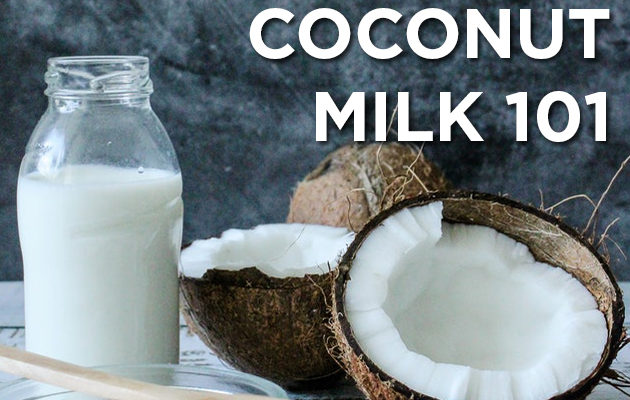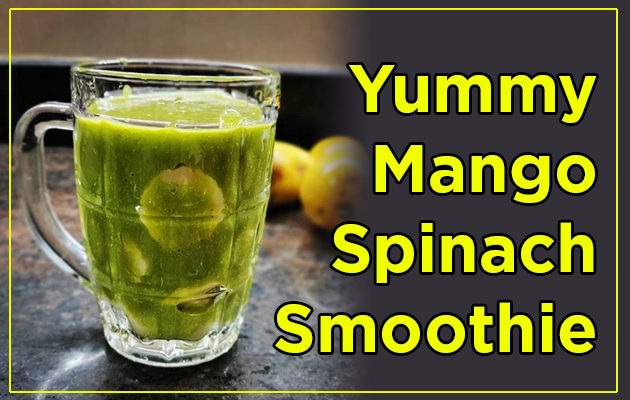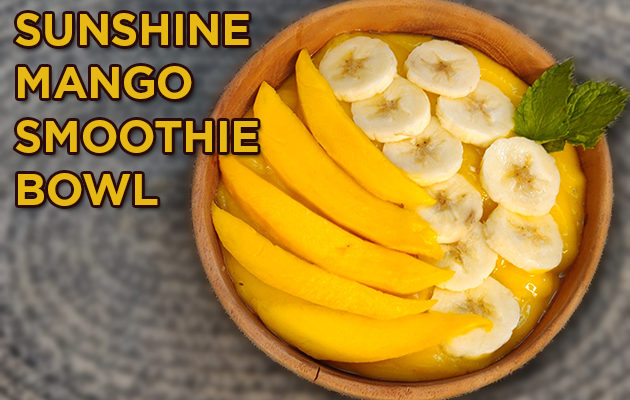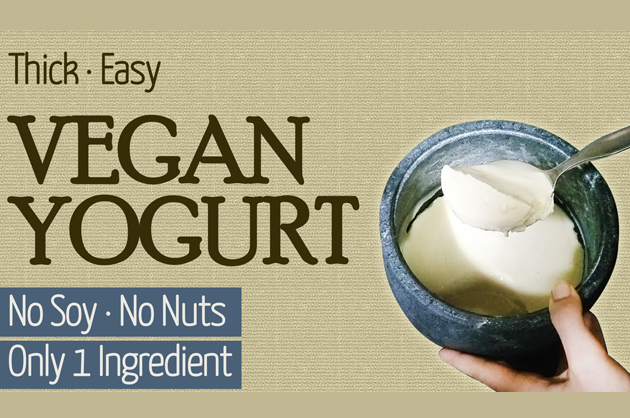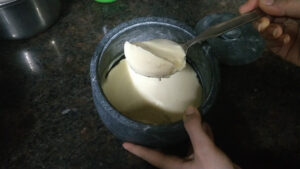All you biryani lovers out there, here is a way to enjoy your biryani guilt free. In this article, I am going to share with you a special recipe for an oil-free, healthy, vegan biryani that tastes delicious!
The recipe is pretty simple and straightforward.
Jump to Recipe
Here’s the list of ingredients you’ll need to prepare this.
- 1 cup rice – I like to use semi-polished rice for biryani. You may also choose to use millets or brown rice.
- Vegetables – 250 g cauliflower, 150 g beans, 250 g jackfruit, 100 g carrots, 100 g capsicum, 250 g peas, 3 large onions, 3-4 tomatoes
- 1 inch ginger piece
- 4-5 garlic cloves
- 2 bay leaves
- 2 black cardamom
- 1 cinnamon stick
- 4-5 cloves
- 1 green chilli
- Powdered spices – 1 tbsp coriander powder, 1 tsp turmeric powder, 1 tsp cumin seeds, 2 tsp red chilli powder, salt to taste

Vegetable Prep For the Oil Free Biryani
Firstly, we need to chop all the vegetables. I like to cut them up into big pieces that are about 1 inch in size. You can cut them up into your preferred size. Then, we need to steam these vegetables.

Since jackfruit will take the longest to cook, add them first. Once they are a little tender, add the carrots, beans and cauliflower. Leave them for a few minutes and then add onions and capsicum. Meanwhile, take the peas and boil them separately. Once the vegetables are cooked, move them into a bowl.
Gravy Prep For Vegetable Biryani
Next, we will prepare the gravy. For this, take 2 onions and chop them finely. Take tomatoes, green chillies, ginger and garlic and chop them roughly. Put all of them (except onions) into a blender and blend them to form a smooth paste. This is the tomato puree that we will be using later.
Take the bay leaves, cloves, black cardamom, and cinnamon stick in a heavy bottom steel pan and dry roast them.

It is very helpful to have a good quality heavy bottom steel pan for oil-free cooking. Please avoid using aluminium vessels for this purpose as they leach aluminium into the food. In a few minutes, you will be able to smell the aroma of the spices. At this point, add the chopped onions along with some salt. The salt will help some water to come out from the onions, which will make it easier to cook. Let it cook on a low flame. You can add some hot water if the onions start sticking to the pan.
Meanwhile, we can prepare the oil free tadka (tempering).
Take a small pan (tadka pan) and add cumin seeds. Let it cook till it begins to splutter. Once cooked, turn off the stove and then add the powdered spices. Do not do this while the stove is on because the spices will burn instantly.

Mix the spices and keep them aside.
Now, check on the onions and cook until they turn translucent and light golden brown in colour. Keep adding hot water as and when required. Adding cold water will reduce the temperature of the pan and that will increase the cooking time, hence it is recommended to use hot water.
Once the onions are cooked, add the tomato puree that we prepared earlier and let it cook. After a few minutes, I like to remove the spices because I don’t like to bite into them while eating the biryani. Next, add the tadka (tempering) as well. Mix well, add some water and let it cook for a while. You can add more water to it if so required.
Then, add all the vegetables to this along with some salt and mix again. Let this cook for few more minutes until all the water gets absorbed.
The vegetable gravy is now ready and can be mixed with boiled rice/millet.
To prepare the boiled rice, you can soak the rice for about 8 hours before boiling it. Once boiled, you can remove the starch water from it and ferment this water for making the probiotic drink.
After mixing the rice with the vegetable gravy, your oil-free biryani will be ready! Transfer it to a serving dish. To make this even better, you can prepare vegan raita to have along with the biryani. Check out this recipe to learn how you can make vegan yogurt with rice and almonds that can be used to make the raita.

Enjoy your guilt-free biryani! Let us know how you enjoyed this recipe in the comments.
Vegan Biryani
Course Main Course
Cuisine Indian
- 1 cup Rice I like to use semi-polished rice for biryani. You may also choose to use millets or brown rice.
Vegetables
- 250 gm cauliflower
- 150 gm French beans
- 250 gm Jackfruit
- 100 gm Carrots
- 100 gm Green Capsicum,
- 250 gm Peas
- 1 Onions large
For the Gravy
- 2 Onions large
- 3-4 Tomatoes
- 1 inch Ginger piece
- 4-5 Garlic cloves medium
- 3-4 Bay leaves
- 2-3 Black cardamom (moti elaichi)
- 1 Cinnamon stick (dalchini) approx 2"
- 4-5 Cloves (laung)
- 1 Green chilli
Powdered Spices
- 1 tbsp Coriander powder (dhaniya powder)
- 1 tsp Turmeric powder (haldi)
- 1 tsp Cumin seeds
- 2 tsp Red chilli powder (lal mirch powder)
- Salt to taste
Vegetables
Chop all the vegetables about 1 inch in size and steam them
Keep in mind that jackfruit will take longer to cook as compared to others, add them first in the steamer
Next add carrots, beans and cauliflower
Few minutes later add onions and capsicum
In a small pan, boil the peas till soft
Once cooked, keep all vegetable in a bowl
Tadka (tempering)
Take a small pan (tadka pan) and add cumin seeds, cook till they splutter
Now turn off the stove and add the powdered spices
Mix and keep this aside
Gravy
Roughly chop tomatoes, green chillies, ginger, garlic and add to the blender, blend to form a smooth paste
In a heavy bottom pan, take the bay leaves, cloves, black cardamom, and cinnamon stick and dry roast them
Once you can smell the aroma of the spices, add the chopped onions along with some salt and let it cook on a low flame
Keep some hot water handy and keep adding 1-2 tbsp as and when required if the onions start sticking to the pan
Once the onions are cooked, add the tomato puree and let it cook
Next, add the tadka (tempering) to this and mix well, add some water and let it cook for a while. You can add more water to it if required
Add all the vegetables to this along with some salt and mix again. Let this cook for few more minutes until all the water gets absorbed.
The vegetable gravy is ready, mix boiled rice or millet to this and Enjoy!
Note: This is Priyanka Jain’s Recipe, Video transcribed by Rohini Ravee Ramanathan.
Product recommendations by Priyanka in US
Product recommendations by Priyanka in INDIA
Our Brand of Reusable Menstrual Products
Use code HNY15 for 15% discount on SochGreen website.
Disclaimer: This blog contains affiliate links, which means that if you click on one of the product links, we will receive a small commission. This helps support the blog and allows us to continue to put up information like this. Thank you for the support!


